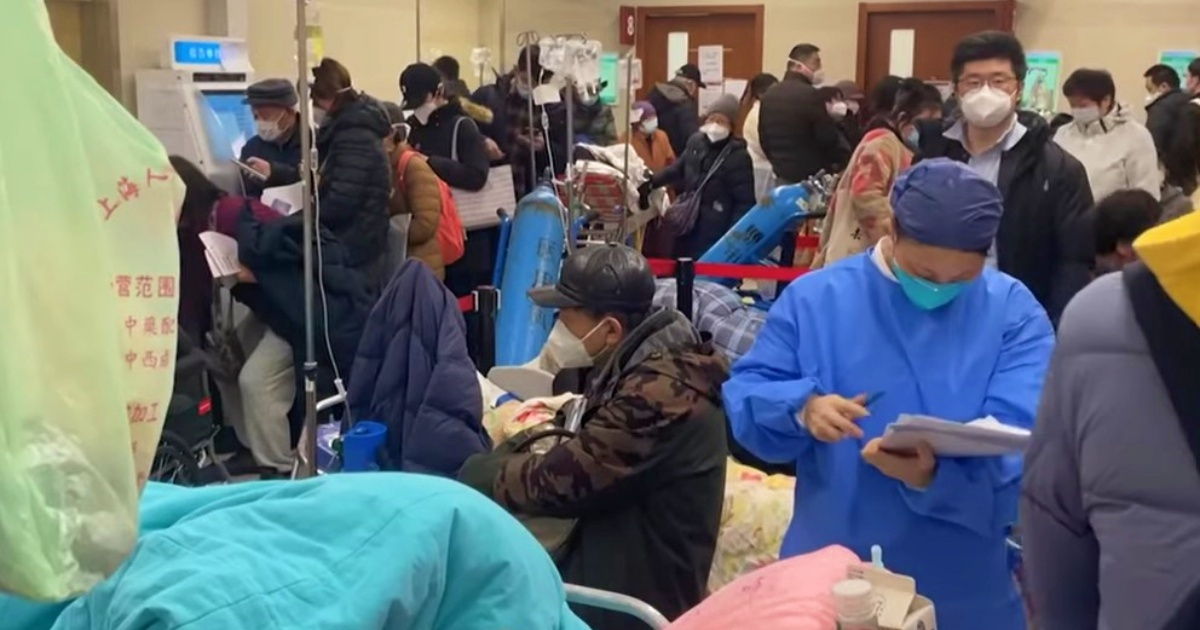
The Chinese government concluded the serious wave ofcoronavirus which put the health authorities of that country in check in recent months.
More than 200 million Chinese citizens have been diagnosed and treated for COVID-19 since the policy's strict lockdown measures were abruptly lifted in November.“Covid zero”, which had sought to eliminate all cases of the virus in the Asian nation.
The lifting of lockdowns, sparked in part by the outbreak of protests, led to a spike in infections that temporarily saturated hospitals.
At the end of December and beginning of January, the hospitals were saturated and the morgues were full of corpses.
There were waiting lines to cremate the dead and the streets of the big cities emptied. Almost everyone was experiencing the virus for the first time.
The authorities recognize 83,150 COVID-19 deaths since restrictions began to be lifted in early December through February 9.
However, this is a count that researchers, both inside and outside China, believe underestimates the real impact of deaths during the recent wave of infections.
Especially if you take into account thataround 80% of the more than 1.4 billion inhabitants have been infected, according to the health authorities themselves.
This group includes many elderly people who had never been infected, who were not protected by vaccines and who live in rural areas where health infrastructure is very poor.
A problem pointed out by experts is that The published death toll only includes infected people who died after being diagnosed in hospitals., that is, it excludes many who died from underlying illnesses and also those who died at home.
More realistic estimates assert thatThe most recent wave of coronavirus in China could have left between one million and 1.5 million dead.
From the government ofXi Jinping The speech is triumphalist. With the recovery of 800,000 of the most seriously ill patients, the leader of the communist party says China has “decisively defeated” the pandemic.
The Chinese government further says that it will continue to “optimize and adjust prevention and control policies and measures in accordance with the times and situations with enormous historical responsibility and strong strategic determination.”
Since the start of the coronavirus pandemic in December 2019 in the city of Wuhan, China has imposed some of the strictest quarantines and travel restrictions in the world.
The crackdown sparked rare anti-government protests and took a heavy toll on the world's second-largest economy.
Although life has practically returned to normal in the Asian giant in recent days, international travel to and from China has not yet returned to pre-COVID levels. pandemic
What do you think?
COMMENTFiled in: